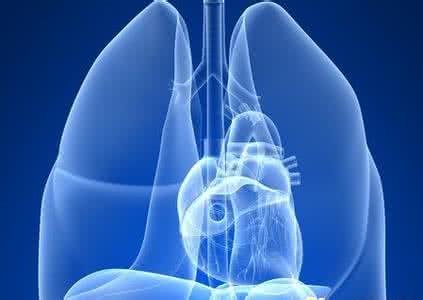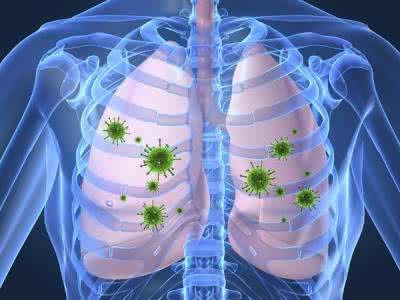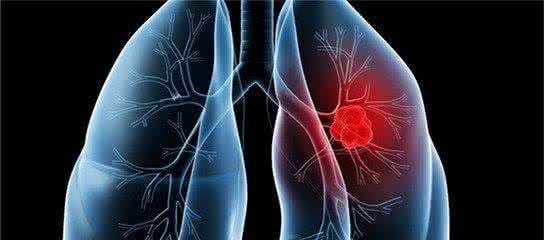Symptoms of lung adenocarcinoma
summary
Lung adenocarcinoma is a kind of lung cancer, which belongs to non-small cell carcinoma. Different from squamous cell lung cancer, lung adenocarcinoma is more likely to occur in women and non-smokers. It originated from bronchial mucosa epithelium, and a few from mucinous glands of large bronchus. The incidence rate is lower than that of squamous cell carcinoma and undifferentiated carcinoma, and the incidence age is relatively small. Most adenocarcinoma originated from the smaller bronchus, which is peripheral lung cancer. In the early stage, there are no obvious clinical symptoms, which are often found in chest X-ray examination. The tumor is round or oval in shape, usually grows slowly, but sometimes hematogenous metastasis occurs in the early stage. Lymph node metastasis occurred later. Let's talk about the symptoms of lung adenocarcinoma
Symptoms of lung adenocarcinoma
Lung cancer in the early stage has no special symptoms, only common symptoms of general respiratory diseases, such as cough, blood sputum, low fever, chest pain, stuffy breath and so on, it is easy to ignore.

Early extrapulmonary manifestations of bone and joint symptoms: such symptoms are more common. Because the lung cancer cells can produce some special endocrine hormones (heterologous hormones), antigens and enzymes, these substances operate on the bone and joint parts, and cause bone and joint swelling and pain, often involving the tibia, fibula, ulna, radius and other bones and joints, the end of the fingers and toes is often expanded into clubbing fingers, X-ray examination shows periosteal hyperplasia. Shoulder and back pain: peripheral lung cancer often develops backward and upward, eroding pleura, involving ribs and chest wall tissue, causing shoulder and back pain. These patients rarely have respiratory symptoms. Hoarseness: lung cancer metastasis compression laryngeal nerve, can make vocal cord single board machine arthralgia and hoarseness. Because the metastatic foci of lung cancer can appear in the early stage, and sometimes the metastatic foci can grow faster than the primary foci, the clinical manifestations of the metastatic foci can appear earlier than the primary foci.

The symptoms of advanced lung cancer will be different due to the different constitution of patients. The condition of advanced lung cancer is more serious, and it needs timely symptomatic treatment. Pain is a common symptom in patients with advanced lung cancer. Most patients with lung cancer who have regional intrathoracic dissemination have symptoms of chest pain. Hoarseness is one of the late symptoms of lung cancer. The recurrent laryngeal nerve (RLN), which controls the left vocal function, descends from the neck to the chest, bypasses the great blood vessels of the heart and goes up to the larynx, thus dominating the left side of the vocal organ. Therefore, if the tumor invades the left side of the mediastinum and compresses the recurrent laryngeal nerve, hoarseness will occur, but there are no other symptoms of sore throat and upper respiratory tract infection. Facial and neck edema is also a common symptom of advanced lung cancer. If the tumor invades the right mediastinum and compresses the superior vena cava, the jugular vein will be inflamed at first due to poor reflux, and finally it will lead to facial and neck edema, which needs timely diagnosis and treatment. Shortness of breath and pleural effusion are also the symptoms of advanced lung cancer.

matters needing attention
1. Abstinence from smoking is the most effective way to prevent lung cancer; 2. Drink less liquor; 3. Do not eat moldy food, less salted food; 4. When eating, should chew slowly, do not eat too hot food; 5. The intake of fat should not be too much. The intake should be controlled below 30% of the total calories, that is, the daily intake of animal and plant fat is 50g-80g; Eat more fresh vegetables and fruits, daily supply of 10G fiber and general level of vitamins











